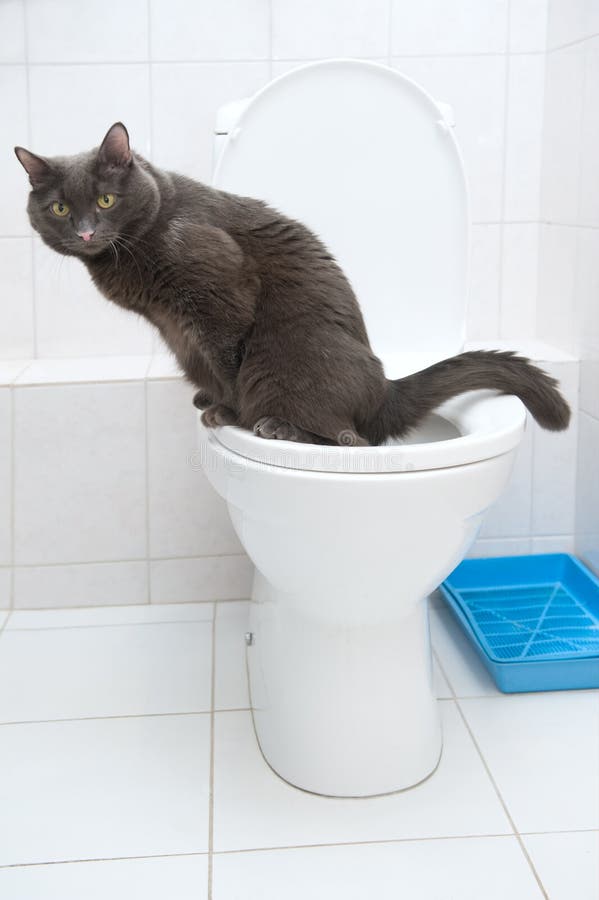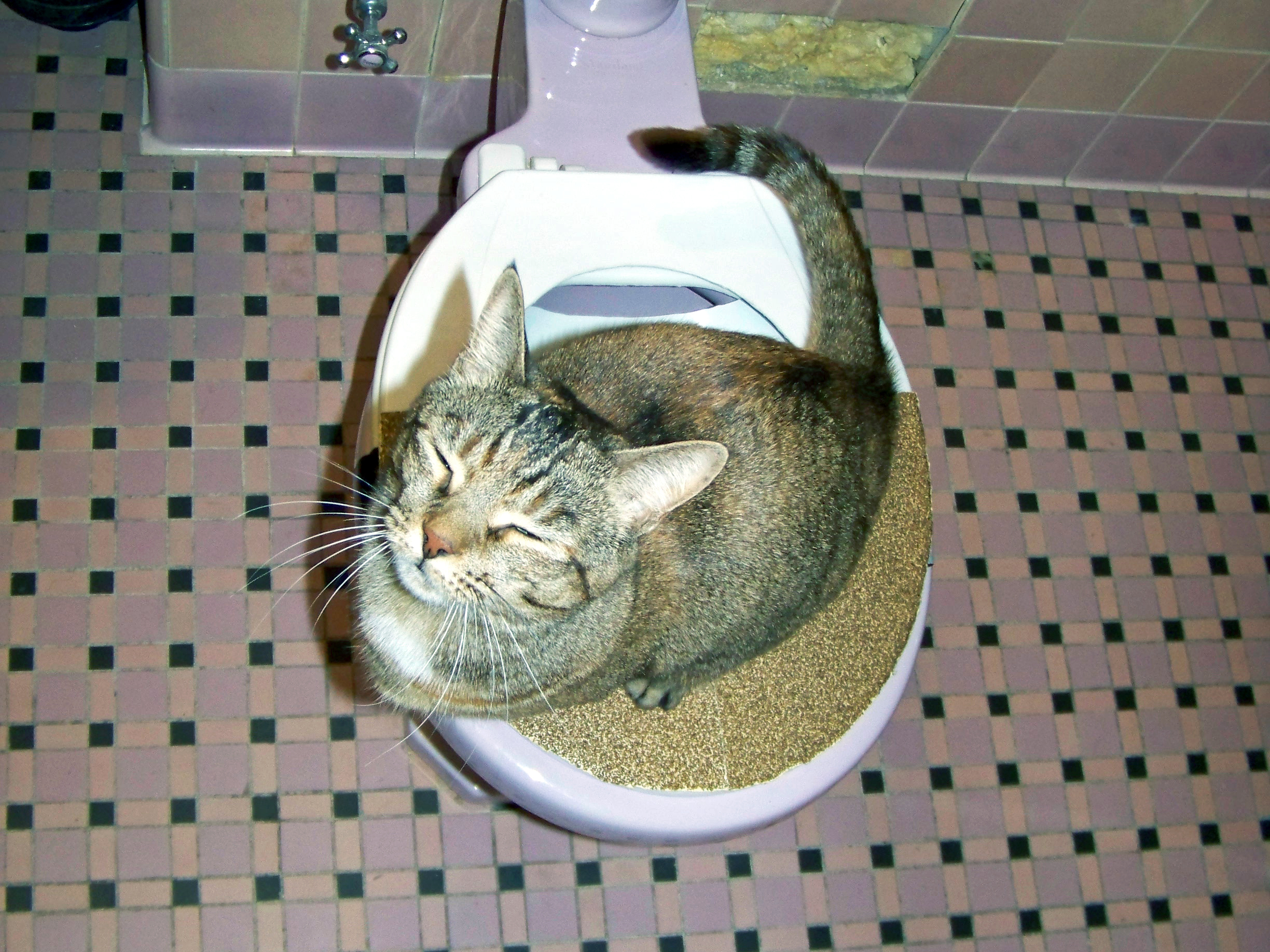When Flushing Animal Waste Should be Not Advisable
When Flushing Animal Waste Should be Not Advisable
Blog Article
On this page below you might get a lot of great points regarding 4 Reasons Why Dog Poop Cleanup is Important.

When it concerns disposing of waste, specifically animal waste, many people frequently turn to the convenient choice of flushing it down the toilet. However, this seemingly simple option can have significant effects for the setting and public health. In this post, we'll discover why flushing pet waste down the bathroom is a negative concept and offer alternate methods for appropriate disposal.
Intro
Correct garbage disposal is critical for keeping environmental sustainability and public health. While it may appear safe to flush animal waste down the bathroom, it can lead to different issues, both for the setting and human well-being.
Dangers of flushing animal waste
Environmental effect
Flushing animal waste introduces damaging bacteria and virus right into rivers, which can negatively affect aquatic ecosystems. These virus can pollute water sources and injury aquatic life, disrupting delicate ecological communities.
Public health issues
Animal waste includes damaging bacteria such as E. coli and Salmonella, which can posture severe health and wellness dangers to people. Flushing pet waste down the bathroom can pollute water products, causing the spread of illness and infections.
Alternatives to flushing
As opposed to flushing pet waste down the bathroom, there are a number of different disposal techniques that are extra environmentally friendly and sanitary.
Composting
Composting animal waste is an environment-friendly means to get rid of it. By composting, raw material is broken down into nutrient-rich soil, which can be used to fertilize gardens and plants.
Garbage dump disposal
Disposing of pet waste in a land fill is an additional alternative. While not as eco-friendly as composting, it is a more secure option to flushing, as it stops the contamination of water sources.
Pet dog garbage disposal systems
There are specific pet waste disposal systems readily available that safely and hygienically take care of pet waste. These systems frequently make use of enzymes to break down waste and eliminate odors.
Actions to appropriate animal waste disposal
To guarantee correct disposal of pet waste, adhere to these actions:
Scooping and bagging waste
On a regular basis scoop and bag pet waste making use of biodegradable bags. This prevents waste from contaminating the environment.
Using marked waste containers
Dispose of bagged pet waste in assigned waste bins, such as garden compost containers or garbage dump bins. Prevent flushing it down the commode in all prices.
Cleaning up litter boxes and pet locations consistently
Consistently tidy litter boxes and pet dog locations to stop the accumulation of waste and germs. Use pet-safe cleansing items to preserve hygiene.
Advantages of proper disposal methods
Adopting correct disposal methods for pet waste offers several benefits:
Minimized environmental pollution
Appropriate disposal approaches reduce the threat of environmental pollution, safeguarding check here rivers and communities from contamination
Minimized risk of water contamination.
By avoiding flushing animal waste down the toilet, the danger of water contamination is significantly minimized, guarding public health.
Improved sanitation and hygiene
Appropriate disposal approaches advertise better sanitation and hygiene, creating a safer environment for both humans and animals.
Conclusion
To conclude, purging pet waste down the commode is unsafe to the setting and public health. By taking on alternative disposal methods and following correct waste monitoring techniques, we can minimize the adverse effect of animal waste and add to a cleaner, healthier earth.
What To Do With Dog Poo – The Do's And Don'ts Of Disposing Of Faeces
Dog poo bins
Some councils provide dedicated dog waste bins in popular dog-walking areas that can take dog poo that has been bagged but you can legally dispose of dog waste in any public litter bin, as long as it is securely bagged. This also applies to your wheelie bin at home.
Do not flush
Water companies do not recommend flushing dog faeces down the toilet because certain parasites can survive the water processing treatment and are potentially harmful to humans. You should also never consider flushing dog poo that has been bagged down the toilet as the bags will not break down and instead create severe blockages in the sewage system.
In the woods
The Forestry Commission promotes a ‘stick and flick’ method for dealing with waste in the woods. This means finding a stick and using it to flick any poo from off the path so that it is out of the way of other walkers. You could also bury it as long as it is not in an area where there might be livestock.
Livestock
Parasites found in dog poo can be transmitted to livestock if they inadvertently eat infected faeces that has been left on grazing land. This could result in the death of sheep or abortion in cattle so you should always make sure you pick up your dog’s waste in fields where livestock could be present.

Consistently tidy litter boxes and pet dog locations to stop the accumulation of waste and germs. Use pet-safe cleansing items to preserve hygiene.
Advantages of proper disposal methods
Adopting correct disposal methods for pet waste offers several benefits:
Minimized environmental pollution
Appropriate disposal approaches reduce the threat of environmental pollution, safeguarding check here rivers and communities from contamination
Minimized risk of water contamination.
By avoiding flushing animal waste down the toilet, the danger of water contamination is significantly minimized, guarding public health.
Improved sanitation and hygiene
Appropriate disposal approaches advertise better sanitation and hygiene, creating a safer environment for both humans and animals.
Conclusion
To conclude, purging pet waste down the commode is unsafe to the setting and public health. By taking on alternative disposal methods and following correct waste monitoring techniques, we can minimize the adverse effect of animal waste and add to a cleaner, healthier earth.
What To Do With Dog Poo – The Do's And Don'ts Of Disposing Of Faeces
Dog poo bins
Some councils provide dedicated dog waste bins in popular dog-walking areas that can take dog poo that has been bagged but you can legally dispose of dog waste in any public litter bin, as long as it is securely bagged. This also applies to your wheelie bin at home.
Do not flush
Water companies do not recommend flushing dog faeces down the toilet because certain parasites can survive the water processing treatment and are potentially harmful to humans. You should also never consider flushing dog poo that has been bagged down the toilet as the bags will not break down and instead create severe blockages in the sewage system.
In the woods
The Forestry Commission promotes a ‘stick and flick’ method for dealing with waste in the woods. This means finding a stick and using it to flick any poo from off the path so that it is out of the way of other walkers. You could also bury it as long as it is not in an area where there might be livestock.
Livestock
Parasites found in dog poo can be transmitted to livestock if they inadvertently eat infected faeces that has been left on grazing land. This could result in the death of sheep or abortion in cattle so you should always make sure you pick up your dog’s waste in fields where livestock could be present.

Do you really like reading about Can You Flush Dog and Cat Poo Down the Toilet?? Try leaving a remark below. We'd be delighted to know your reactions about this article. In hopes that you come back again soon. Are you aware of another person who is excited about the subject? Why not promote it. Thanks a lot for taking the time to read it.
Schedule Report this page